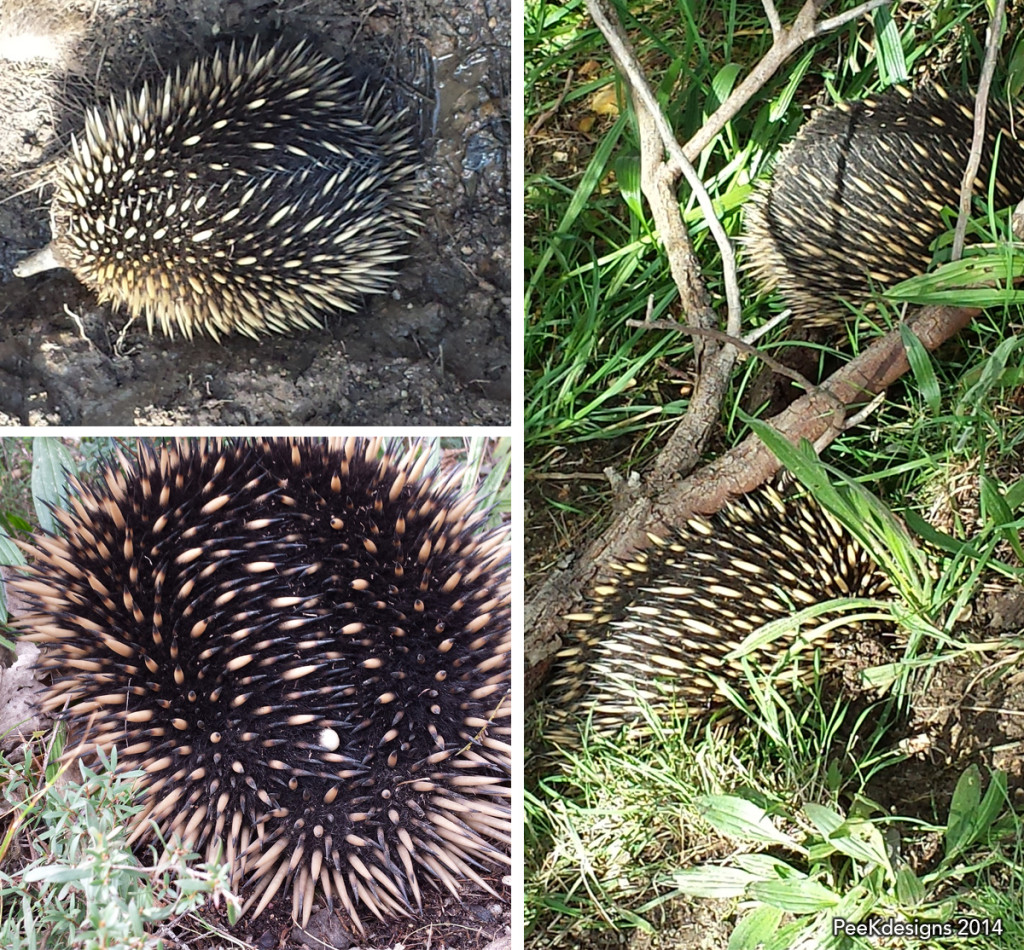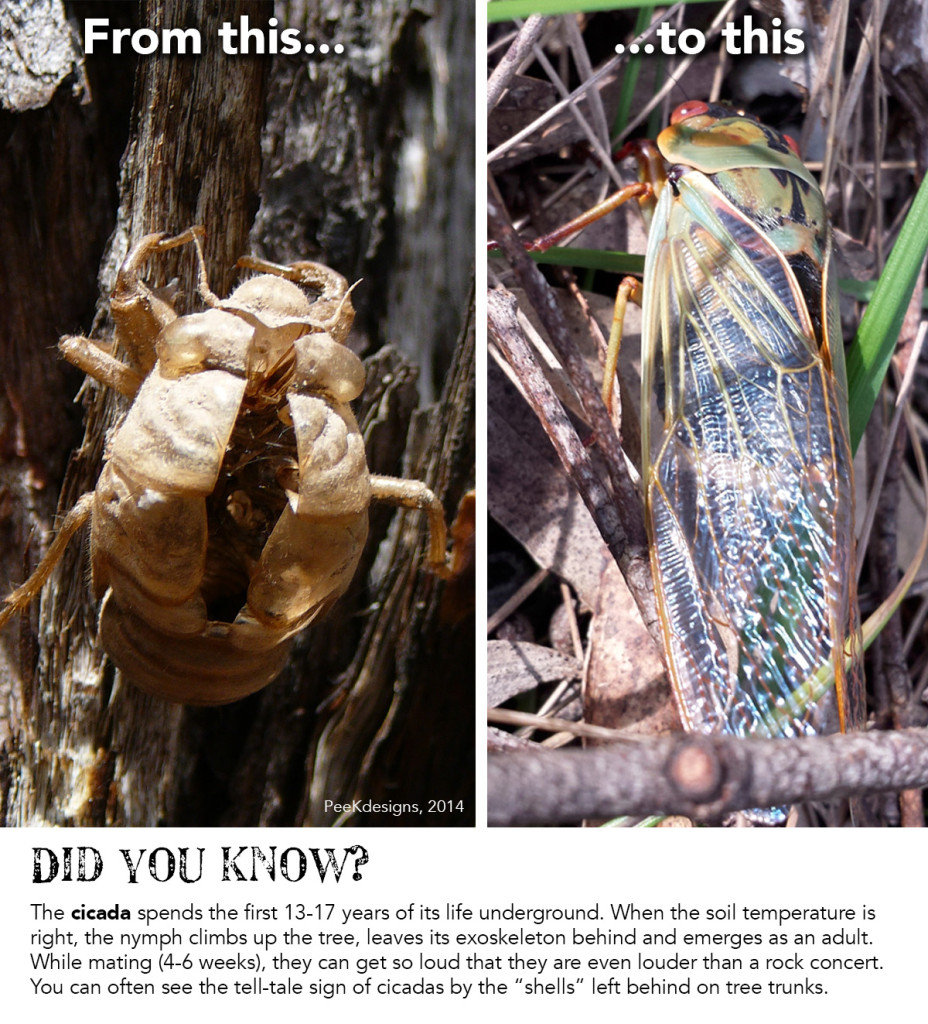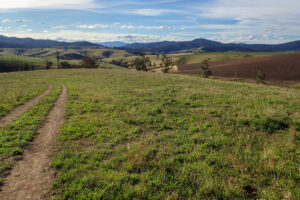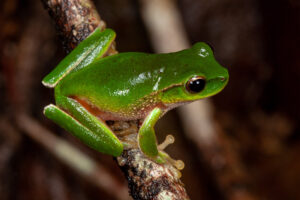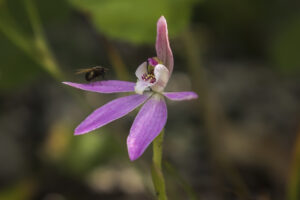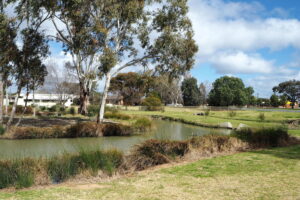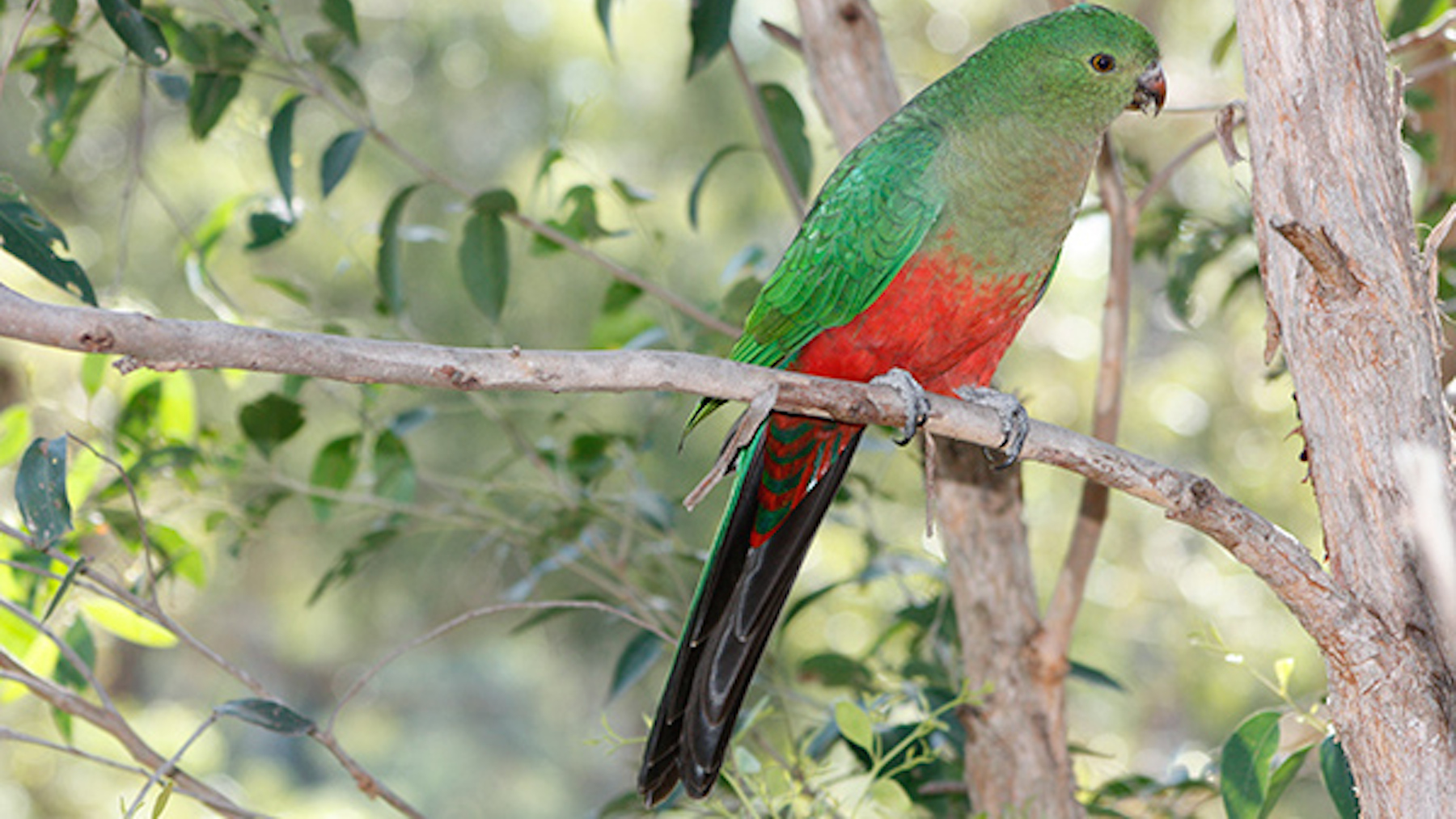
Nature fast facts
September is “Biodiversity Month” across Australia and we are celebrating by sharing some of our favourite and interesting science and nature facts.
Did you know?
One of our office visitors almost everyday is the Australian King parrot. Did you know that the male Australian King Parrot is the only bird in Australia to have a completely red head. Also, young male parrots look the same as the females except for the colour of their beak, which is more orange in colour.
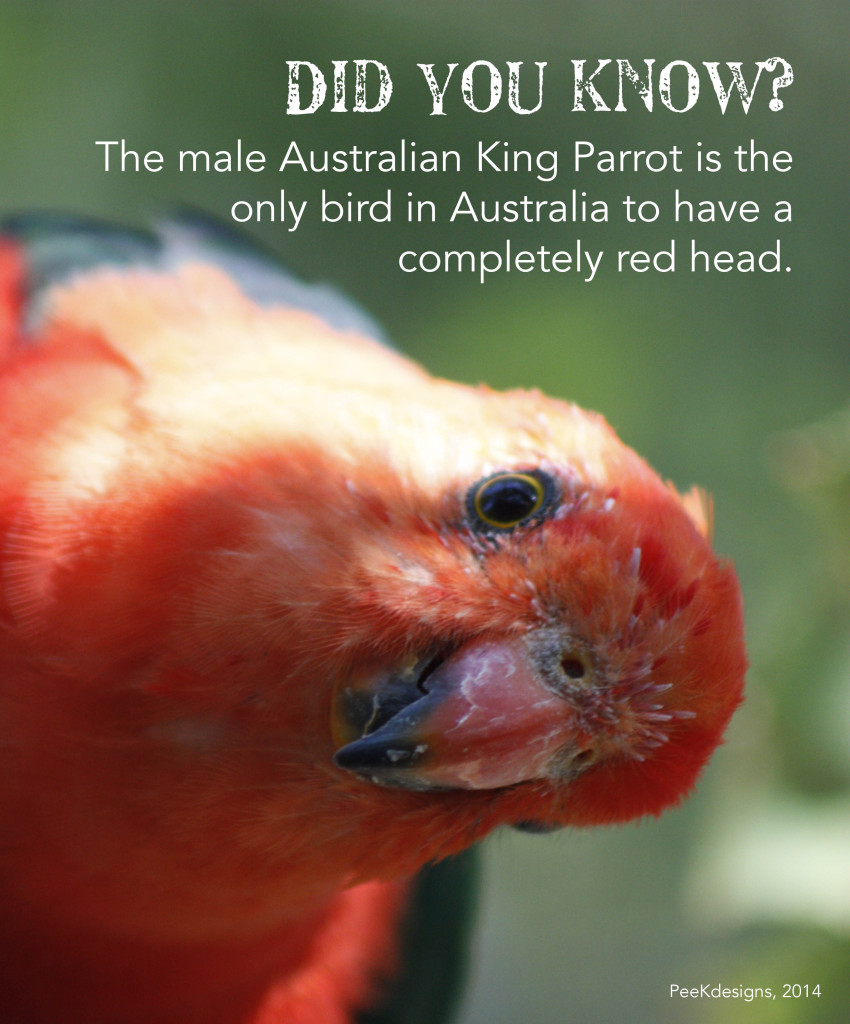
Did you know?
Spiders, are they friend or foe? We think this spider is your friend. The black house spider is actually very timid and fees mainly on flying insects. They can live for up to 2 years. Just imagine home many insects these little arachnids (up to 2cm in size) can eat in that time.
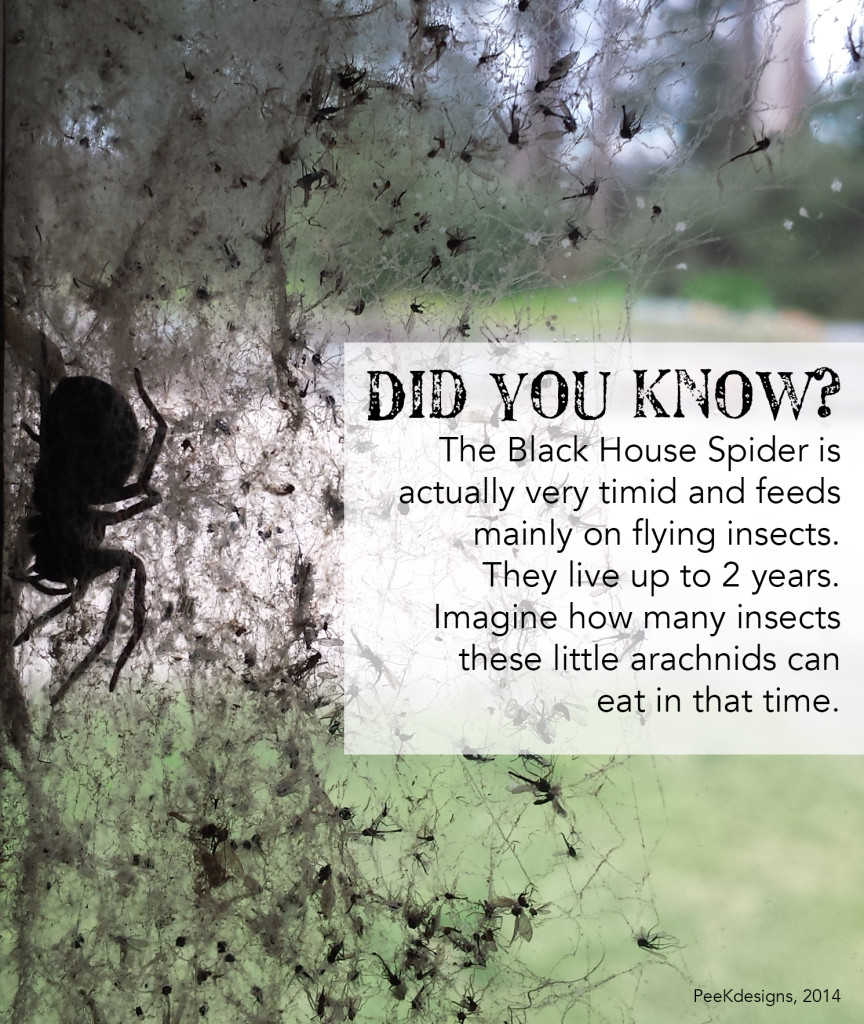
Did you know?
Cicadas are an insect that we hear during summer and they can get very loud (even louder than a rock concert). But did you know that they actually live for 13-17 years underground before they climb their nearest tree, emerge from their nymph exoskeleton and fly off to find a mate; which can take 4-6 weeks. It is the calling for a mate that we normally hear. This is a pretty long lifespan for a small insect.
Did you know?
Echidna’s mate in winter and females can be seen with multiple males following her. This is called an echidna train. Echidna trains can last anywhere up to 6 weeks before mating eventually happens. During this time the echidnas can be seen walking, foraging and just simply resting together. Echidna’s are a monotreme, which means that they are an egg laying mammal, like their platypus cousins. A female takes about 22 days to produce the egg and then carries it around in her pouch for 10 until the baby hatches. Puggles (baby echidnas) hatch without spines and feed on milk produced by the mother in her pouch. After about 7 weeks the juggle is too big to carry and grows spines. It is left in a burrow for safety during the first 7 months of its life while the mother periodically feeds it. After that the mother will leave the juvenile to fend for itself.
